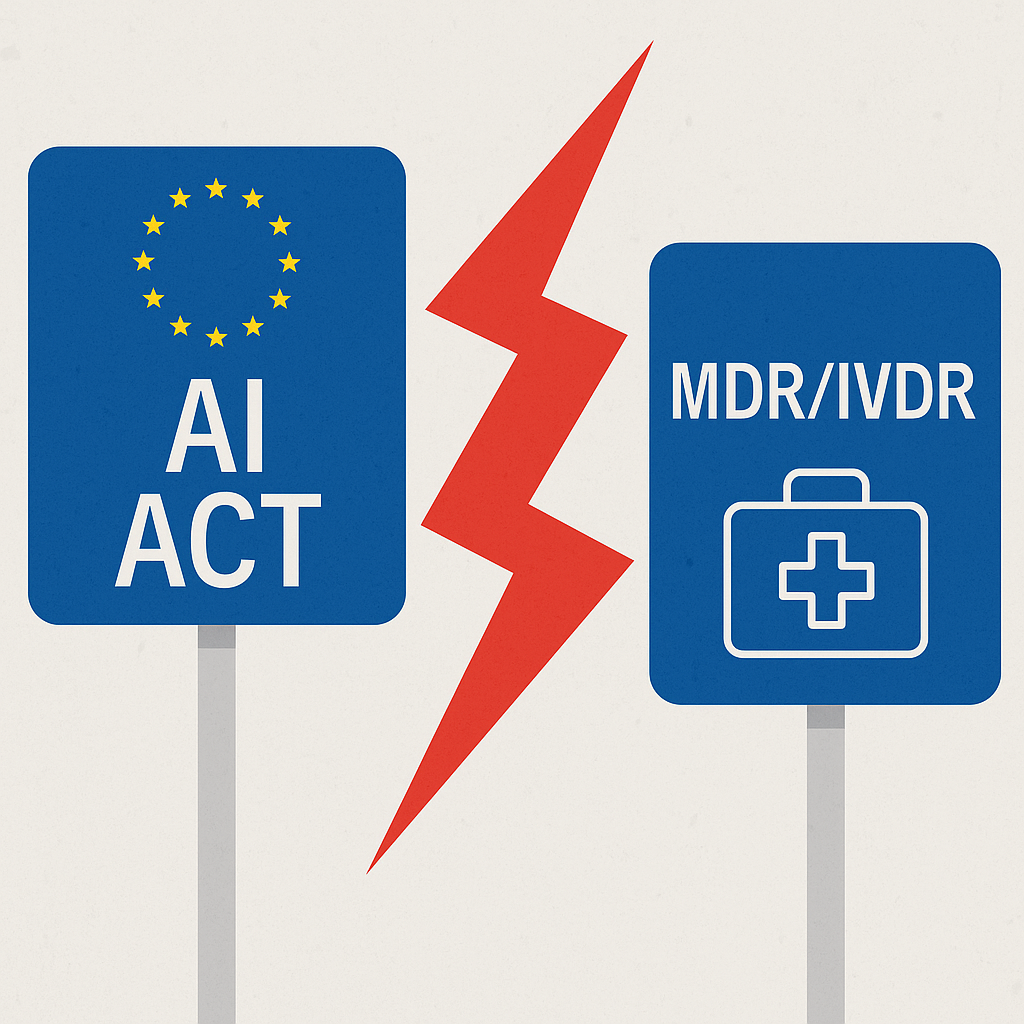Stop calling Poland a nearshore
Poland isn’t just shipping code for someone else’s roadmap. It’s producing digital health products used by tens of millions, and it’s hosting serious pharma/biotech tech operations—not just shared services. If you still think of it as a low‑cost back office, you’re reading a 2015 brochure.
Poland healthtech at a glance
| Metric | Snapshot | Source |
|---|---|---|
| Healthcare market | PLN 191bn (~$52bn) (2023); projected 8.3% CAGR (2023–2028) | Strategy& 2024 |
| Medtech market (CEE) | $11bn, largest in CEE; projected $13.8bn | PAIH MedTech |
| Digital rails | IKP, e‑Prescription (mandatory since 8 Jan 2020), e‑Referral (mandatory 2021) | CeZ, e‑Rx analysis, policy |
| Enterprise hubs | 10+ pharma/medtech hubs (Roche, GSK, Bayer, Moderna, Astellas, BI, GEHC, Philips, Fresenius, AZ) | Examples and links below |
Polish products to watch (scale & potential)
| Company | What it does | Scale / traction | Markets & notes |
| Docplanner | Marketplace + SaaS for clinics | 80m patients/month, 260k active doctors, 22m bookings/mo, 13 countries | Entered DACH via jameda acquisition |
| Infermedica | AI symptom‑to‑triage & intake | 86% user satisfaction; 76% intent to follow guidance | Used by payers incl. Techniker Krankenkasse |
| Diagnostyka | Diagnostics network | 1,100+ collection points, 156 labs; PLN 1.6bn revenue (2023); IPO priced at PLN 105; debut 7 Feb 2025 | Reuters |
| Labplus | Automated lab‑result interpretation | Integrated with leading labs incl. Diagnostyka partnership | B2B/API model across lab networks |
| Cardiomatics | AI for Holter/long‑term ECG | CE‑marked; clinician time savings reported | Study overview |
| StethoMe | AI‑enabled home stethoscope | CE‑marked lung‑sound analysis; remote respiratory care | Deployed in telehealth programmes |
| AioCare | Connected spirometry | Validated in primary care | PubMed |
| Saventic Health | AI for rare‑disease detection | EU roll‑out; €1.9m funding (2024) | EU‑Startups |
| BrainScan | AI for brain CT (stroke/trauma) | 2024 expansion across EMEA | Industry coverage |
| Jutro Medical | AI‑first hybrid primary care | €12m Series A (2025) to expand EU | EU‑Startups |
Enterprise gravity: big pharma/medtech tech now runs through Poland
| Company | City | What happens here | Scale (where stated) | Source |
| Roche | Warsaw & Poznań | Global IT Solution Centre; Regional Clinical Trials Centre; Global Procurement Hub | 1,250+ employees in Poland | Roche Poland |
| GSK | Warsaw & Poznań | Global Regulatory Centre; global trials coordination; Tech/Cyber | 600+ employees | GSK Poland footprint 2024 |
| Bayer | Warsaw | Digital Hub building data platforms & products | up to 400 IT roles planned | Announcement, Hub page |
| Moderna | Warsaw | International Business Services (finance, PV, HR, digital) | ~160 roles target | Press release |
| Astellas | Warsaw | Global Capability Centre (2025) | New hub | Leadership news |
| Boehringer Ingelheim | Wrocław | Global Business Services centre | Launched 2022 | GBS page |
| GE HealthCare | Kraków | Command Center software development | Platform in 290+ hospitals | GEHC Command Center |
| Philips | Łódź | Global Business Services hub | One of 7 global hubs | Philips GBS |
| Fresenius (FDT & FMC) | Wrocław | Digital Technology & GBS hub for EMEA | Scaling teams | Fresenius DT Poland, |
| AstraZeneca | Warsaw | Global Clinical Trials Centre | Part of AZ’s global network | AZ Poland |
Why Poland now (and why it matters for commercialisation)
- Public digital rails are in place. e‑Prescription has been mandatory since 8 January 2020; e‑Referrals became mandatory in 2021. The national P1 platform under Centrum e‑Zdrowia (CeZ) powers services like IKP/mojeIKP across the system.
- Talent density × EU proximity. A deep engineering pool with multinationals co‑locating product and data teams in Warsaw/Poznań lowers integration costs across EMEA.
- Export DNA. Docplanner’s acquisition of jameda shows a practical route: build in Poland, expand via M&A into regulated EU markets to accelerate trust and supply‑side liquidity.
Quick Q&A: for operators and investors
Is Poland still just a ‘nearshore’ play? No. Platform leaders (Docplanner, Infermedica) and 10+ pharma/medtech hubs now concentrate product‑adjacent work in Poland: engineering, data, regulator not only SSC/BPO.
What’s the biggest commercial bottleneck domestically? Limited, inconsistent NFZ pathways for digital health; most early revenue is private pay or export. Limited purchasing power within market. Treat Poland as an R&D and proof‑of‑value market; monetise in DACH/UK.
Best route to scale across Europe? Build MDR‑ready from day one, localise for DE/IT/ES, and consider controlled M&A to enter regulated markets (see Docplanner → jameda).
What metrics matter? Adoption proxies (e.g., Infermedica’s satisfaction and intent to follow guidance), conversion to appropriate care, reduced waiting time, and clinician time saved.
Playbook for founders and operators
- Build for export from day one. Multilingual, MDR‑ready, and priced for DACH/UK.
- Piggyback on the hubs. Partner with Roche/GSK/Bayer/Moderna teams locally for pilots, data pipelines, or co‑dev—your buyer is often already in Warsaw.
- Measure what matters. Track adherence, conversion to appropriate care, and time‑to‑diagnosis—Infermedica’s adoption proxies are a good template (2024 data).
Bottom line
Poland isn’t Europe’s healthtech subcontractor anymore. It’s a product‑making, enterprise‑integrated node.
The smart money will treat Warsaw and Poznań as launchpads, not low‑cost destinations.
This content has been enhanced with GenAI tools.







